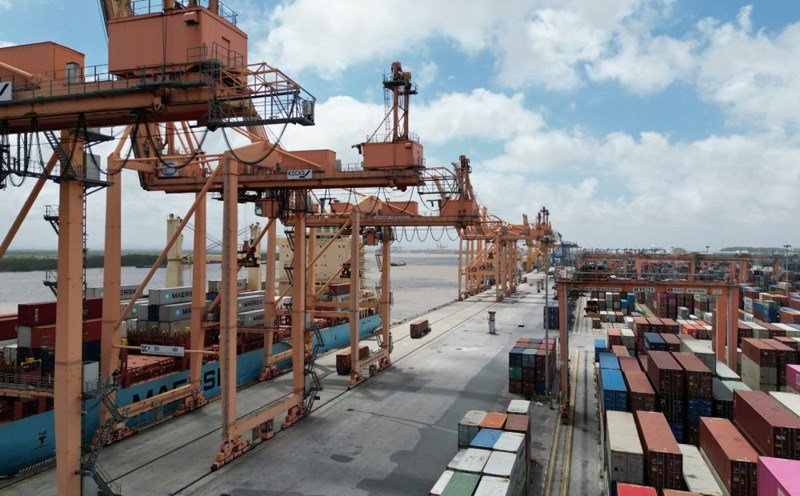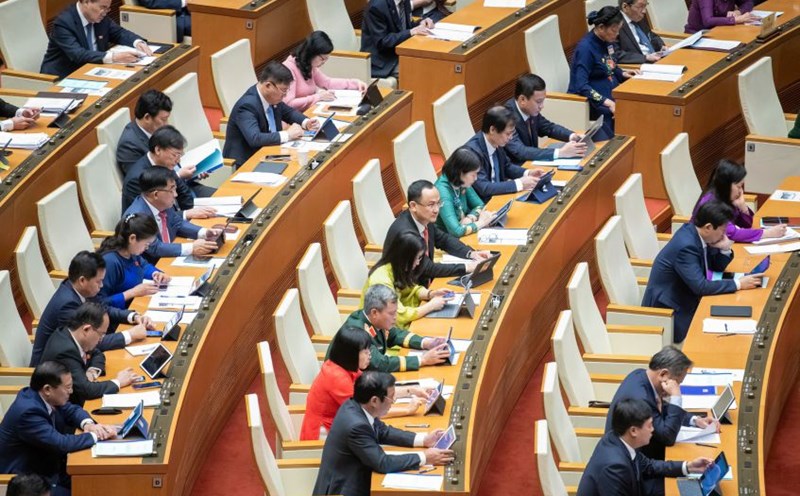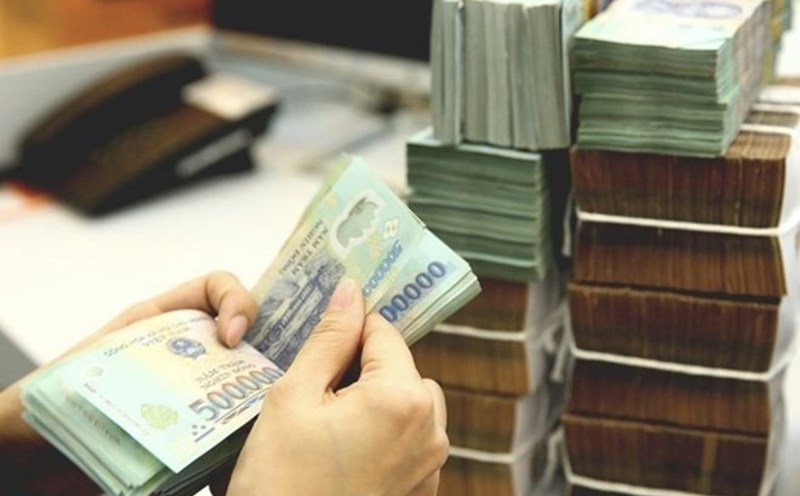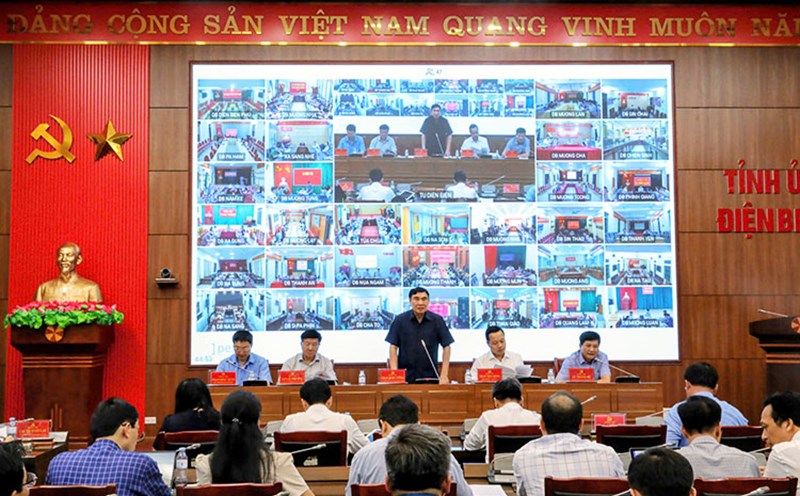Reuters reported that Vietnam's economy will grow faster in the second quarter of 2025 thanks to strong exports. Reuters quoted a report by Fitch Solutions predicting that Vietnam's exports and investment will continue to improve in the rest of 2025.
The British news agency commented that Vietnam has overcome global instability through domestic resilience and strategic reforms. This recovery is not accidental but the result of an adjusted economic strategy, prioritizing institutional reform, infrastructure development and improving labor skills. For long-term investors, Vietnam is an attractive example of how restructuring can reduce global risks while exploiting growth potential in an area where trade tensions and supply chain shifts are reshaping investment models.
Vietnam's economic story in 2025 is a story of resilience that is carefully calculated. By taking advantage of policy flexibility and export promotion momentum, Vietnam not only survives in a volatile ASEAN market but is also reshaping the rules of the game. For those who are willing to look beyond short-term instability, Vietnam brings a rare combination of macroeconomic stability, institutional reform and future-oriented career opportunities.
Business Mirror (Philippines) assessed Vietnam as one of the fastest growing economies in Southeast Asia thanks to intentional and consistent policy reform. According to the 2045 Vietnam Report of the World Bank (WB), Vietnam's progress comes from clear plans, built through balanced industrial and educational policies, closer corporate governance and applied diplomacy.
There are 5 pillars to help Vietnam's economy grow. First, production is the engine of growth. Vietnam continues to maintain its production strength in 2025. Production accounts for 24% of the economy. Large companies have invested in Vietnam because of its well-planned industrial parks and export support.
Second, human resources are a strategy. Vietnam has achieved solid educational results, demonstrated through high results in the ASEAN International Student Program Assessment (PISA) in 2022 (published in 2023). This is the result of national reforms, including standardized teaching programs, teacher training and learning assessments. Vietnam's education system was purposefully built in accordance with economic development goals and the needs of the labor market.
Third, the infrastructure strategy has created a step forward for Vietnam, becoming a real catalyst. In this direction, investment in logistics corridors, ports, highways, and even digital networks has brought FDI worth more than 25 billion USD in 2024, in which manufacturing is the sector that receives the majority of investment capital.
Fourth, stability is a strategic asset. The World Economic Forum (WEF) ranked Vietnam 61st in global safety (2023), considered one of the safest and most reliable countries in Southeast Asia.
Fifth, Vietnam's solid rise is not only thanks to economic growth but also thanks to a clear and balanced foreign policy.











